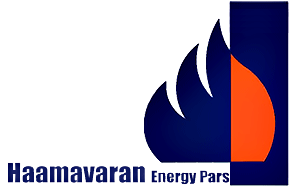Pipeline Route Selection
Oil and gas pipeline routes are pivotal pieces of information upon which pipeline engineering depends. The route will define the pipeline size, terrain, soils, and engineering analysis requirements. Engineering assessment based upon agreed alignment selection criteria is an important part of a linear project. To be able to reach the best construction line and optimize its components, the phases – namely corridor, route, alignment, and construction line selection — should be studied in the given order.
Selecting the optimum route does not end with geotechnical challenges, as it also requires interactive coordination between the owner, the engineer, the regulator, the landowners, the construction contractor and a multitude of other project stakeholders and interested parties.
Primary selection factors
The detailed pipeline route selection is preceded by defining a broad area of search between the two fixed start and end points. That is, possible pipeline corridors. The route can then be filtered with consideration of public safety, pipeline integrity, environmental impact, consequences of escape of fluid, and based on social, economic, technical environmental grounds, constructability, land ownership, access, regulatory requirements and cost.
Economic, technical, environmental and safety considerations should be the primary factors governing the choice of pipeline routes. The shortest route might not be the most suitable, and physical obstacles, environmental constraints and other factors, such as locations of intermediate offtake points to end users along the pipeline route should be considered. Offtake points may dictate mainline routing so as to minimize the need or impact of the offtake lines or spurs.
Many route constraints will have technical solutions (e.g. routing through flood plains), and each will have an associated cost.
